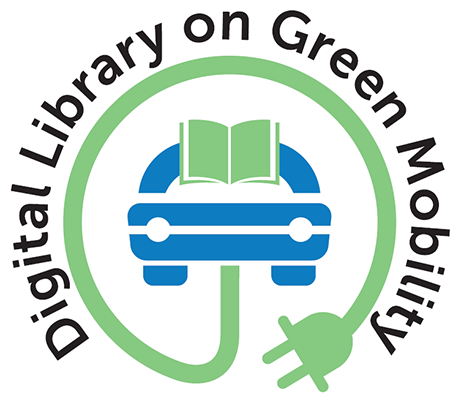Research Papers/Articles
Review of Beijing’s Comprehensive Motor Vehicle Emission Control Programs
2015
Author(s): Yang Z, Wang H, Shao Z, Muncrief R
This white paper provides a summary overview and cost-benefit analysis of Beijing’s vehicle emission control programs, including new-vehicle emission standards, fuel quality standards, in-use vehicle emission control efforts, and other programs, such as alternative fuel vehicles and population control.
Review and Comparative Analysis of In-Use Vehicle Emission Control Programs in Guangdong Province
2015
Author(s): Yang Z, Qiu Y, Muncrief R
This report summarizes best practices for these in-use control programs, and is intended to serve as guidelines for policymakers seeking to design, implement, and improve their programs at the local level.
Replacing Bengaluru’s Auto Fleet With Electric Autos Will Clean Up the Air and Save LPG
2018
Author(s): Thakur P, Pal S
A recent research paper released by TERI estimates and describes the status of tail pipe emissions in the form of carbon dioxide, particulate matter 10 (PM10) and nitrogen oxide emitted by two-stroke and four-stroke autos plying in Bengaluru.

India is Ready to Embrace the Future of Mobility
2019
Author(s): Pfefferer M
This article provides exclusive opinions and insight from automotive industry stakeholders involved in developing mobility solutions for the Indian market. The major automakers in the country see electric vehicles and connectivity as the way forward.
Countries around the world are waking up to the potential of e-mobility. The International Energy Agency cites that by 2020 up to 20 million electric vehicles will ply the road, a number that is expected to go up to 70 million by 2025. India has a lot to gain from the widespread adoption of e-mobility.

Prediction of Availability and Charging Rate at Charging Stations for Electric Vehicles
2016
Author(s): Bikcora C, Refa N, Verheijen L, Weiland S
This work investigated several ways to forecast with the available charging rate data from the current PEV charging stations in the Netherlands. To enable better smart charging solutions, this paper investigates the day-ahead probabilistic forecasting of the availability and the charging rate at charging stations for plug-in electric vehicles
The Global Electric-Vehicle Market Is Amped Up and on the Rise
2018
Author(s): Hertzke P, Müller N, Schenk S, Wu T
Pure electric vehicles (BEV) currently make up 66 percent of the global EV market. BEV sales are growing faster than those of plug-in hybrid vehicles (PHEV). The Chinese market expanded by 72 percent over the previous year in 2017.
Transport Pathways for Light Duty Vehicles: Towards a 2° Scenario
2013
Author(s): Fulton L, Lah O, Cuenot F
The transport sector is the second largest and one of the fastest growing energy end-use sectors, representing 24% of global energy-related greenhouse gas emissions. The International Energy Agency has developed scenarios for the transport sector within the overall concept of mitigation pathways that would be required to limit global warming to 2 °C.

A Platform for Personal E-Mobility With Route Forecasting
2020
Author(s): Kaya K, Poyrazoglu G
This study reports a new e-mobility platform to construct effective usage of charging points by electric vehicle users to eliminate long charge durations.
A Safety Oriented Decision Support Tool for the Remanufacturing and Recycling of Post-Use H&EVs Lithium-Ion Batteries
2020
Author(s): Gentilini L, Mossali E, Angius A, Colledani M
The battery is a key component of electric vehicles. Lithium-Ion batteries (LIBs) are the most competitive ones in terms of costs and performances for the near and mid future. To reach the needed voltage and capacity, single Lithium-Ion cells are assembled into modules, then assembled into the pack.



